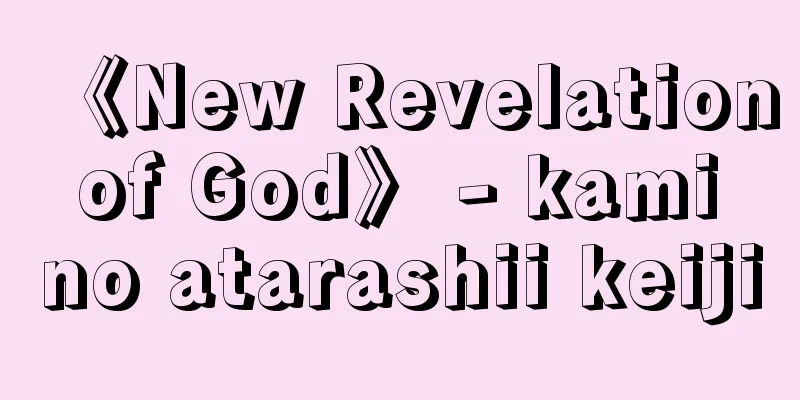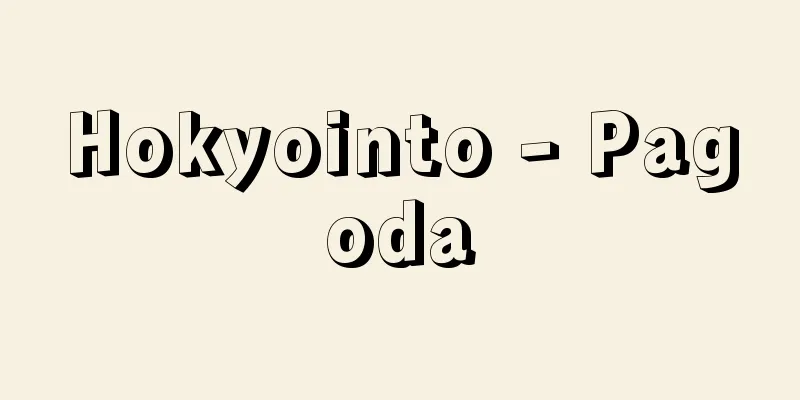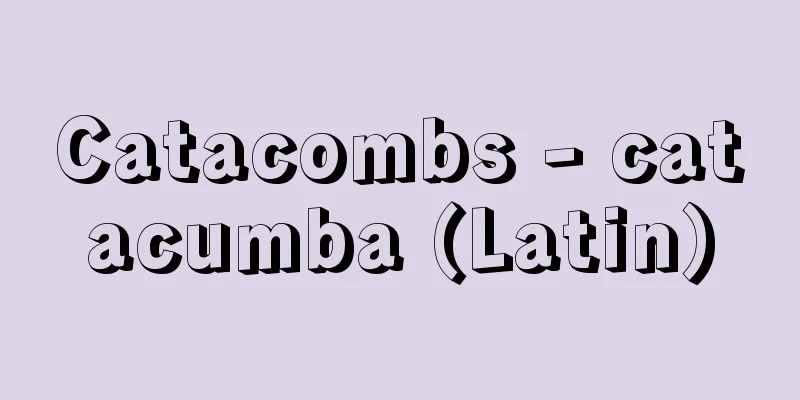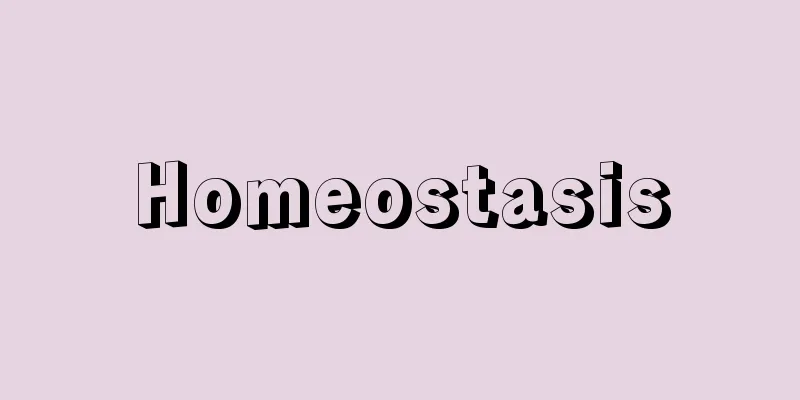Kobunshinpo - Treasures of Classical Japanese Literature

|
A collection of ancient poetry and prose from the Zhou to Song dynasties of China. The first and second volumes each contain 10 volumes. The biography of the editor, Huang Jian, is unclear, but it was probably compiled at the end of the Song dynasty and the beginning of the Yuan dynasty. The preface of Zheng's book in 1366 (the 26th year of the Yuan era) also contained annotations, and it is said that it had been around for a long time. The first volume contains 217 poems in 11 categories: essays to encourage learning, short stories in the ancient style of five characters, long stories in the ancient style, short stories in seven characters, long stories in the ancient style, long and short phrases, songs, lines, poems, quotes, and songs. The second volume contains 67 pieces of writing in 17 categories: essays, fu, expositions, explanations, prefaces, records, quotations, inscriptions, essays, poems, odes, biography, monuments, essays, tables, originals, treatises, and books. There are many versions with different contents and volumes, such as the Ming Kochi version, the Korean version, and a version titled "Kobun Daizen," but in Japan, the Yuan version of the Shoju Senkaibon (Commentary on Various Confucian Scholars) was reprinted during the Muromachi period, and there are commentaries by the Five Mountain monks Seisho and Banri. Then, in the Edo period, Sakakibara Genpo's Zenshu Genkai Taisei, Hayashi Razan and Ukai Sekisai's Goshu Genkai Taisei, and Suzuki Masudo's collated version were published, and it was widely read as a must-read book for the study of Chinese poetry and prose, along with the Four Books, Tang Poetry Selection, and Bunsho Kihan, and much of the knowledge of Chinese literature in Japanese literature is based on this book. [Hoshikawa Kiyotaka] "Hoshikawa Kiyotaka, Shinyaku Kanbun Taikei 9 & 10 Kobun Shinpo Zenshu, Volumes 1 & 2, Shinyaku Kanbun Taikei 16 Kobun Shinpo Goshu" (1963, 1967, Meiji Shoin) Source: Shogakukan Encyclopedia Nipponica About Encyclopedia Nipponica Information | Legend |
|
中国周代から宋(そう)代に至る古詩、古文の珠玉集。前後集各10巻。編者の黄堅(こうけん)の伝記は明らかでないが、宋末元(げん)初のころの編著であろう。1366年(元の至正26)の鄭本(ていほん)の序に、当時注釈もあり、久しく世に行われていたという。前集は勧学文、五言古風短篇(たんぺん)、同長篇、七言短篇、同長篇、長短句、歌(か)、行(こう)、吟、引、曲の11体217編の詩、後集は辞、賦(ふ)、説、解、序、記、箴(しん)、銘(めい)、文、頌(しょう)、伝、碑、弁(べん)、表、原、論、書の17体67編の文を収める。 明(みん)の弘治(こうち)本・朝鮮本、また『古文大全』と題する本など、内容編数の異なる諸本もあるが、日本では室町時代に元版の諸儒箋解本(しょじゅせんかいぼん)が翻刻され、五山の学僧青松・万里らの箋釈(せんしゃく)がある。そして江戸時代には榊原玄輔(さかきばらげんぽ)の『前集諺解(げんかい)大成』、林羅山(らざん)・鵜飼石斎(うかいせきさい)の『後集諺解大成』、鈴木益堂の校本も出て、四書や『唐詩選』『文章軌範』とともに、漢詩文の学習に必読書として広く行われ、日本文学中の漢文学の素養は、本書によるところが多い。 [星川清孝] 『星川清孝著『新釈漢文大系9・10 古文真宝前集 上下』『新釈漢文大系16 古文真宝後集』(1963、1967・明治書院)』 出典 小学館 日本大百科全書(ニッポニカ)日本大百科全書(ニッポニカ)について 情報 | 凡例 |
<<: Collection of Old Japanese Guns - Kobun Teppou Zengoshu
>>: Gu-wen-ci lei-zuan (Anthology of Classical Literature)
Recommend
Apostrophe - apostrophe
...The marks used to indicate the break between p...
Kinema Junpo - Kinema Junpo
A film magazine. It is the oldest of Japan's s...
Season - Kisetsu (English spelling) season
When a year is divided into regular astronomical ...
Dismissal - Kaiko
The termination of a labor contract by an employe...
Enza - Enza
Being held criminally responsible for a crime com...
Instrument (Gakki) (English)
A general term for tools that produce sound and a...
The National Museum of Modern Art, Tokyo
Japan's first national art museum (abbreviate...
Table volcano - takujoukazan (English spelling) volcanic table mountain
Eruptions can occur under continental ice sheets o...
Ziryene
…It is a language of the Finnic group of the Finn...
α,α-Dichlorotoluene - α,α-dichlorotoluene
…It is also called benzylidene chloride, α, α'...
Tarquinii
…An ancient Etruscan city located about 80 km nor...
Quail mushroom - Uzuratake
〘Name〙 (From the fact that the upper surface of th...
Shaw, Robert
Born: August 9, 1927, Westhoughton, England [Died]...
jib cutter
… [Development History] The world's first suc...
Kanegusuku Village
...A city located 12km south of Naha on the south...









